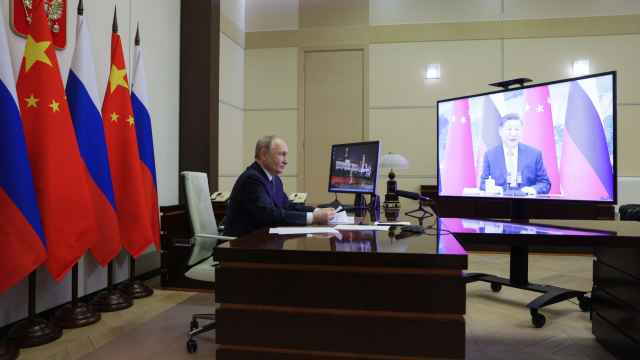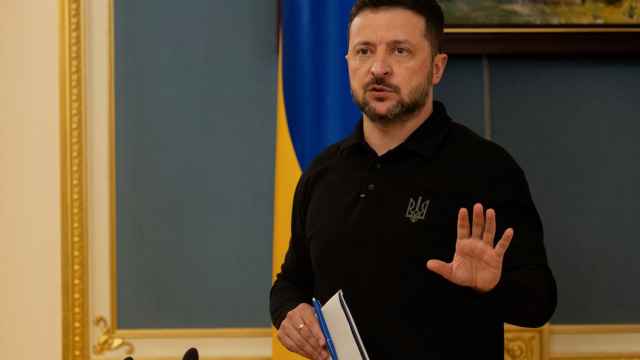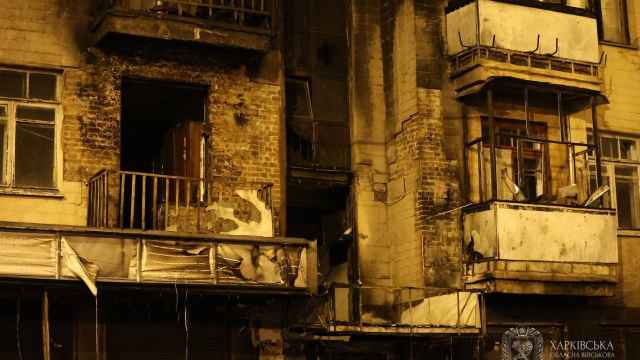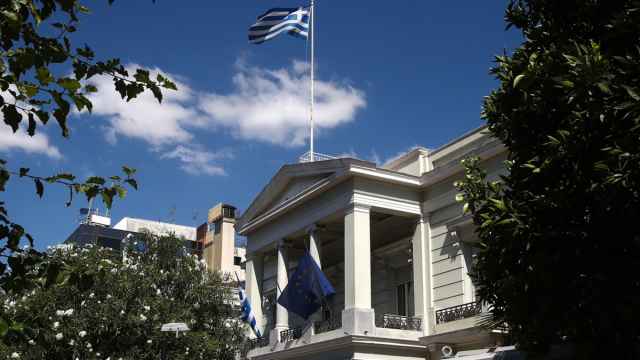A ruble exchange-rate crisis in two or three years is not inevitable, but if inflation is allowed to accelerate and real interest rates — adjusting for the effects of inflation — become negative again, an exchange-rate crisis just becomes a question of time.
The ruble exchange rate against the U.S. dollar has appreciated by almost 5 percent in real terms since the beginning of the year in view of a virtually unchanged bilateral exchange rate and the inflation differential between the two countries. The cumulative real appreciation relative to January 1998 has been more than 25 percent. This means that the margin of competitiveness in the wake of the 37 percent ruble devaluation between early November 2008 and late January 2009 is being rapidly eroded by a combination of nominal appreciation and inflation.
A resurgence of inflation in Russia implies that the real ruble will surpass its previous peak of October 2008 sometime in 2012. This looming loss of competitiveness is all the greater because of the deflationary trend in the United States. Such a view is no doubt mechanistic — and possibly alarmist. In fact, much will depend on policies.
Russia finally broke the back of its seeming inflation curse starting just two years ago. In 2009, inflation came in at 8.8 percent, down from 13.4 percent in 2008. Except for an anomaly in 2006, inflation had never even touched single digits in post-Soviet Russia. It was a long and hard-won battle, and it was too early for a skeptical public to change its inflationary expectations significantly.
The disinflationary trend continued in the first half of this year. By June and July, annualized rates were well below 6 percent. It suddenly seemed that Russia could end the year with an increase in the consumer price index of no more than 5.5 percent, or relatively close to other major emerging market economies like Brazil and India.
This happy outcome was a result of serious efforts by the Finance Ministry to contain budget expenditure and by the Central Bank to restrain excessive monetary growth. Inflation control became the most important priority for the government because, apart from aiding economic recovery, a low inflation rate allows the Central Bank to keep its nominal rates relatively low. With decelerating inflation, average deposit rates at commercial banks became positive in real terms from December 2009 until June. Affordable borrowing rates for mortgages, consumer goods and small businesses are an important part of the government’s strategy for economic growth. Most important, it meant that interest rates became positive in real terms for savers as well as for borrowers. Negative real interest rates, a frequent occurrence in the last decade, are a monetary distortion. The problem with negative real borrowing costs is that they distort capital formation over time and destroy the incentives for saving.
Assuming conducive structural policies, higher domestic savings and more productive investment guided by positive real interest rates can lay the basis for higher productivity. This would mean that over time there would be scope for a more appreciated ruble exchange rate without losing competitiveness. This is just the kind of favorable scenario that some analysts expect — that a strong medium-term appreciation of the ruble would be based upon higher oil prices as the world economy recovers from the severe recession and as Russia increasingly joins the other major emerging market countries in self-generated domestic demand.
But the latest data, as well as the underlying policy directions, are disquieting.
Inflation in August was 0.6 percent, against zero a year earlier. This pushed the year-on-year outcome to 6.1 percent from 5.5 percent at end July. This is still considerably lower than the 8.3 percent for the comparable period a year earlier, but if continued, could put us back on an upward trajectory toward last year’s numbers and higher.
If the drought were the main factor, our concerns would be short-lived. Although the supply shock in the agricultural sector was a decisive blow, money supply growth accelerated significantly in July. Inflation expectations then surged amid an unanticipated negative supply shock. People started hoarding foodstuffs, such as cereal grains, while some food prices rose significantly on fears of limited supply.
Underlying this inflation resurgence is a burst of liquidity. Lulled by buoyant oil prices, budget amendments were adopted in July to raise 2010 expenditures to 10.2 trillion rubles. At the same time, there was a renewal of the Central Bank’s old, bad practice of printing money via reserve accumulation. From Jan. 1 to the end of August, international reserves grew by $37 billion, implying that an equivalent amount of rubles were printed. Even if temporarily sterilized in part, excess liquidity can clearly increase inflationary pressures later on.
Given inflationary expectations and the amount of free liquidity in banks, inflation in September and October will obviously exceed the previous year’s levels of no change. Despite the acceleration of inflation in this quarter, the 2010 figure should be lower than 8.8 percent in 2009. But this demonstrates how fragile the process of disinflation can be. If there is abundant free liquidity in the economic system, inflation has a chance to return.
Too much is at stake to allow a policy drift. Unfortunately, simply muddling through is the operative policy that results from high oil prices and a political leadership reticent to pursue serious structural reforms or a tough macroeconomic policy as originally agreed for the period to 2013 unless provoked by a shock.
The irony is that reigniting inflation would take place in a deflationary global environment. Underlying and expected rates of inflation in the United States and most of Europe are trending downward. To keep Russian inflation decelerating in the longer term, the government needs to reduce the budget deficit — that is, contain or strictly limit increases in spending — and the Central Bank will need to refrain from intervention on the foreign exchange market. Uncertainty about what the government will do and in what order remains high, and the inflation outlook is still uncertain.
The coming months are critical. Perhaps a negative oil price shock associated with an economic slowdown in China and stagnation in the United States, Europe and Japan would actually be the wake-up call that Russian policymakers need to do what they should be doing to ensure the country’s noninflationary, nonoil future.
Martin Gilman, former senior representative of the International Monetary Fund in Russia, is a professor at the Higher School of Economics.
A Message from The Moscow Times:
Dear readers,
We are facing unprecedented challenges. Russia's Prosecutor General's Office has designated The Moscow Times as an "undesirable" organization, criminalizing our work and putting our staff at risk of prosecution. This follows our earlier unjust labeling as a "foreign agent."
These actions are direct attempts to silence independent journalism in Russia. The authorities claim our work "discredits the decisions of the Russian leadership." We see things differently: we strive to provide accurate, unbiased reporting on Russia.
We, the journalists of The Moscow Times, refuse to be silenced. But to continue our work, we need your help.
Your support, no matter how small, makes a world of difference. If you can, please support us monthly starting from just $2. It's quick to set up, and every contribution makes a significant impact.
By supporting The Moscow Times, you're defending open, independent journalism in the face of repression. Thank you for standing with us.
Remind me later.





